andycain
TPF Noob!
- Joined
- Apr 19, 2009
- Messages
- 2
- Reaction score
- 0
- Can others edit my Photos
- Photos NOT OK to edit
Hi Guys,
I'm a product photographer but I had a few issues with a product a client asked me to photograph recently.
The product is a large circular lamp with a ring of high intensity LEDs around the peripheral. When switched on the central section lights up bright orange and and the high intensity white LEDs flash intermittently.
The product has an acrylic domed front.
The client asked me to photograph the product revealing the detail of the product's construction, whilst also demonstrating the brightness of the LEDs and the surface of the dome, without showing reflections.
This was pretty challenging. In the end i merged two photographs because of the sheer brightness of the LEDs. My client was happy but they did say it wasn't quite what they had wanted.
My question is how would I have photographed the product to demonstrate the shape of the dome (when shooting straight on) without showing any reflections?
I'm a product photographer but I had a few issues with a product a client asked me to photograph recently.
The product is a large circular lamp with a ring of high intensity LEDs around the peripheral. When switched on the central section lights up bright orange and and the high intensity white LEDs flash intermittently.
The product has an acrylic domed front.
The client asked me to photograph the product revealing the detail of the product's construction, whilst also demonstrating the brightness of the LEDs and the surface of the dome, without showing reflections.
This was pretty challenging. In the end i merged two photographs because of the sheer brightness of the LEDs. My client was happy but they did say it wasn't quite what they had wanted.
My question is how would I have photographed the product to demonstrate the shape of the dome (when shooting straight on) without showing any reflections?


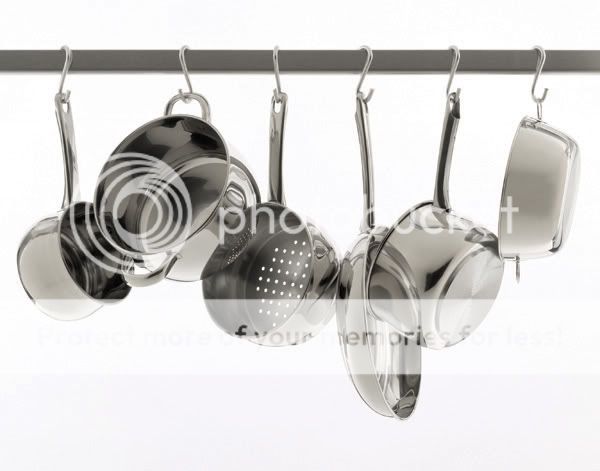
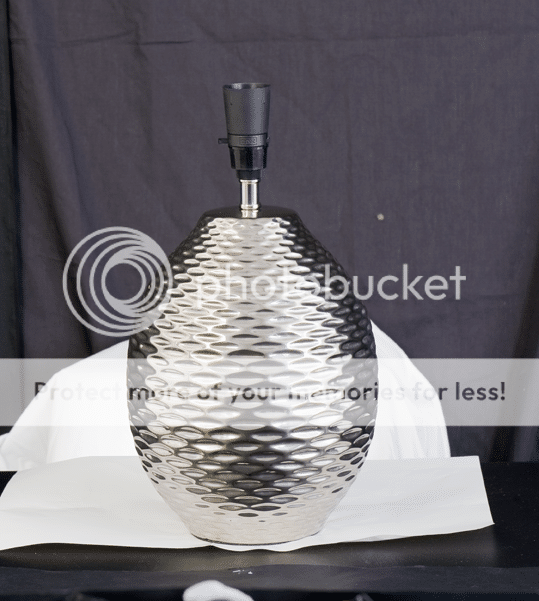
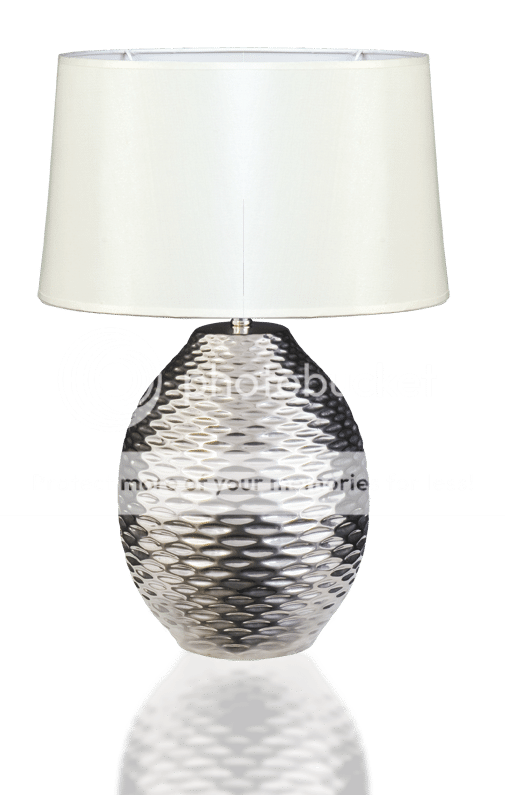


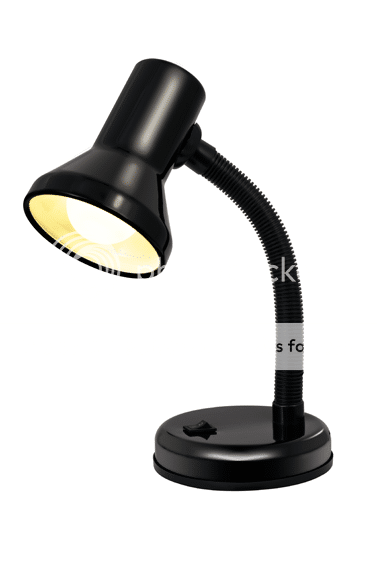
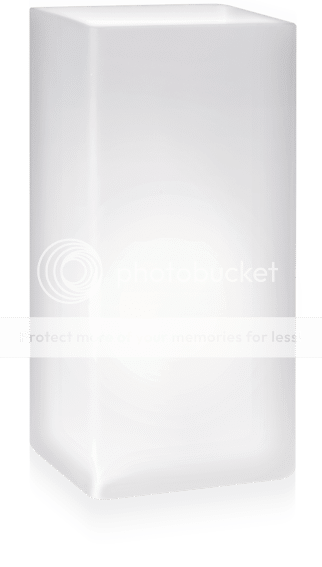
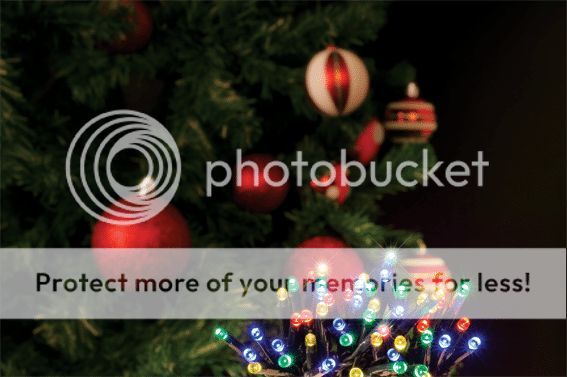
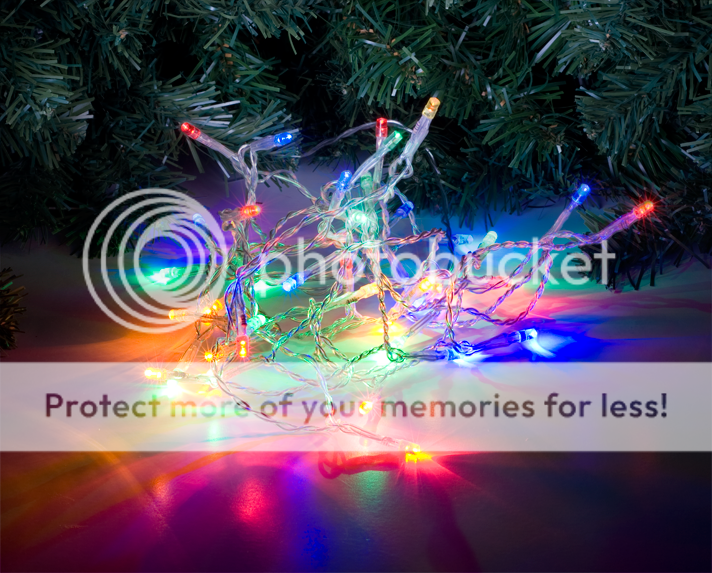

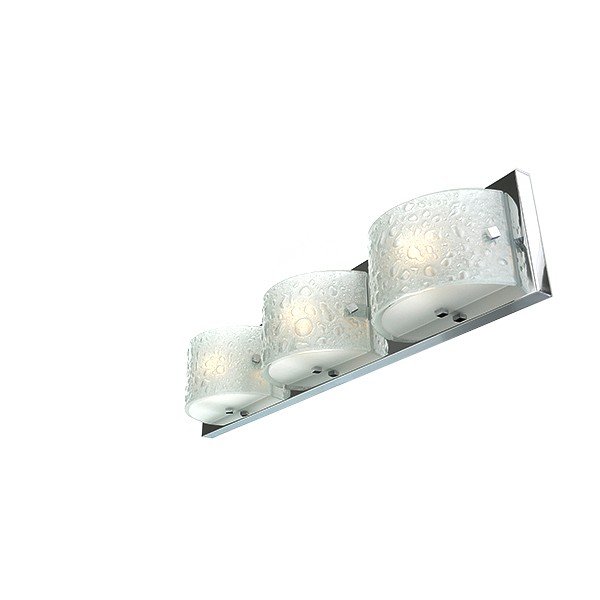


![[No title]](/data/xfmg/thumbnail/34/34590-9c0083ea54c78aad5db3d5884ae8b6c9.jpg?1734165572)



![[No title]](/data/xfmg/thumbnail/35/35223-d0fc07fee19dabe0456b4eeae54536fb.jpg?1734166895)




